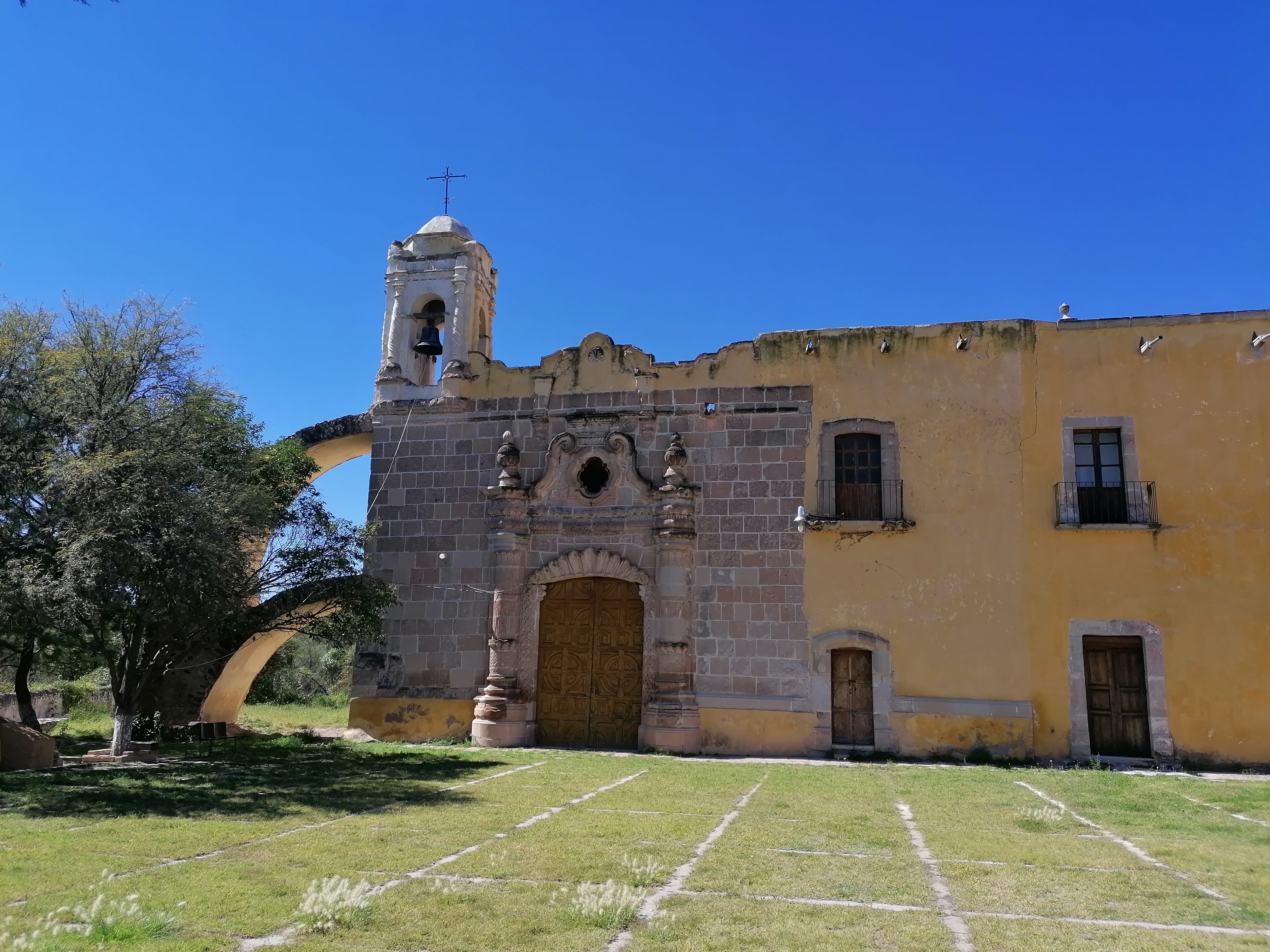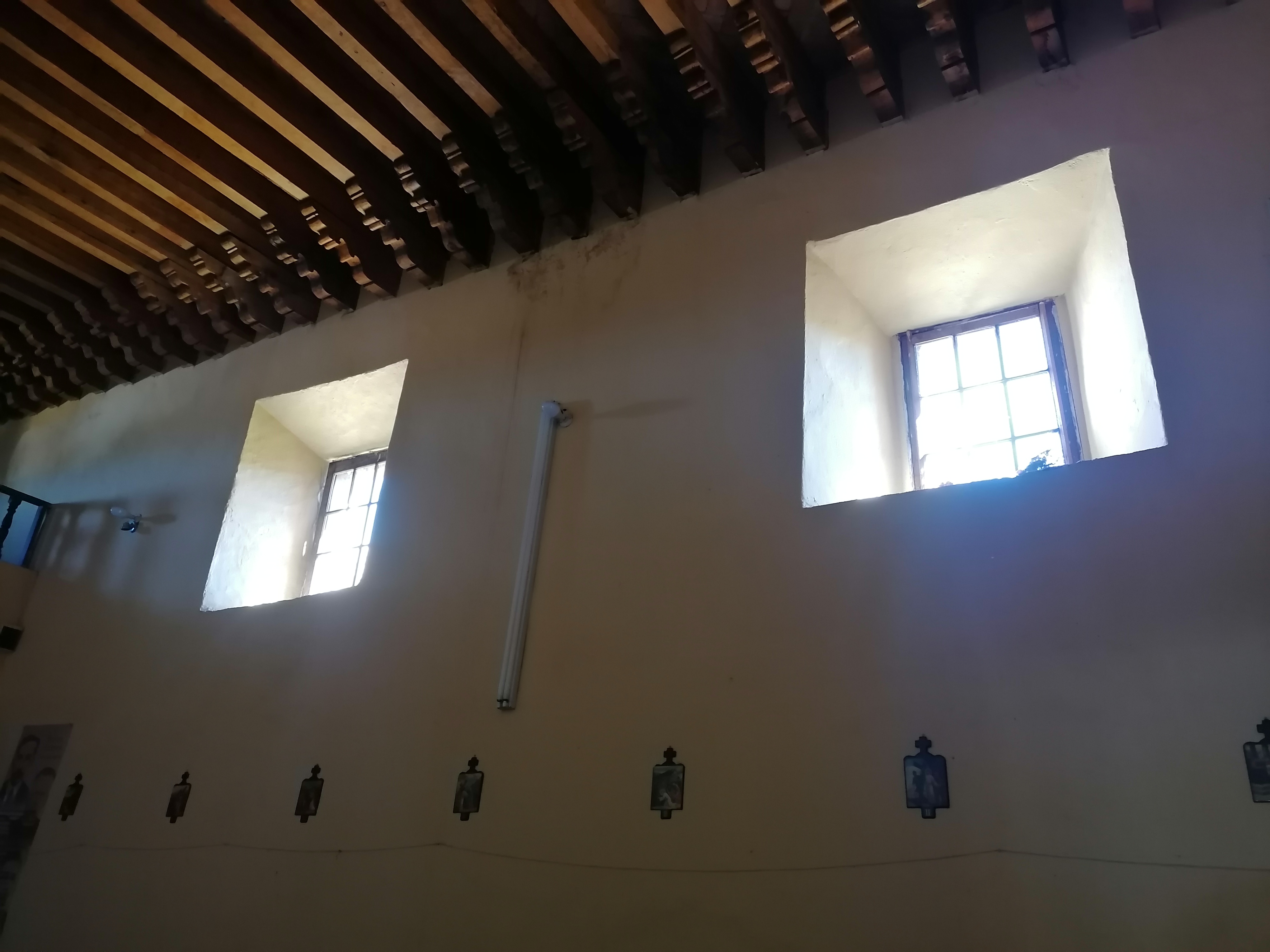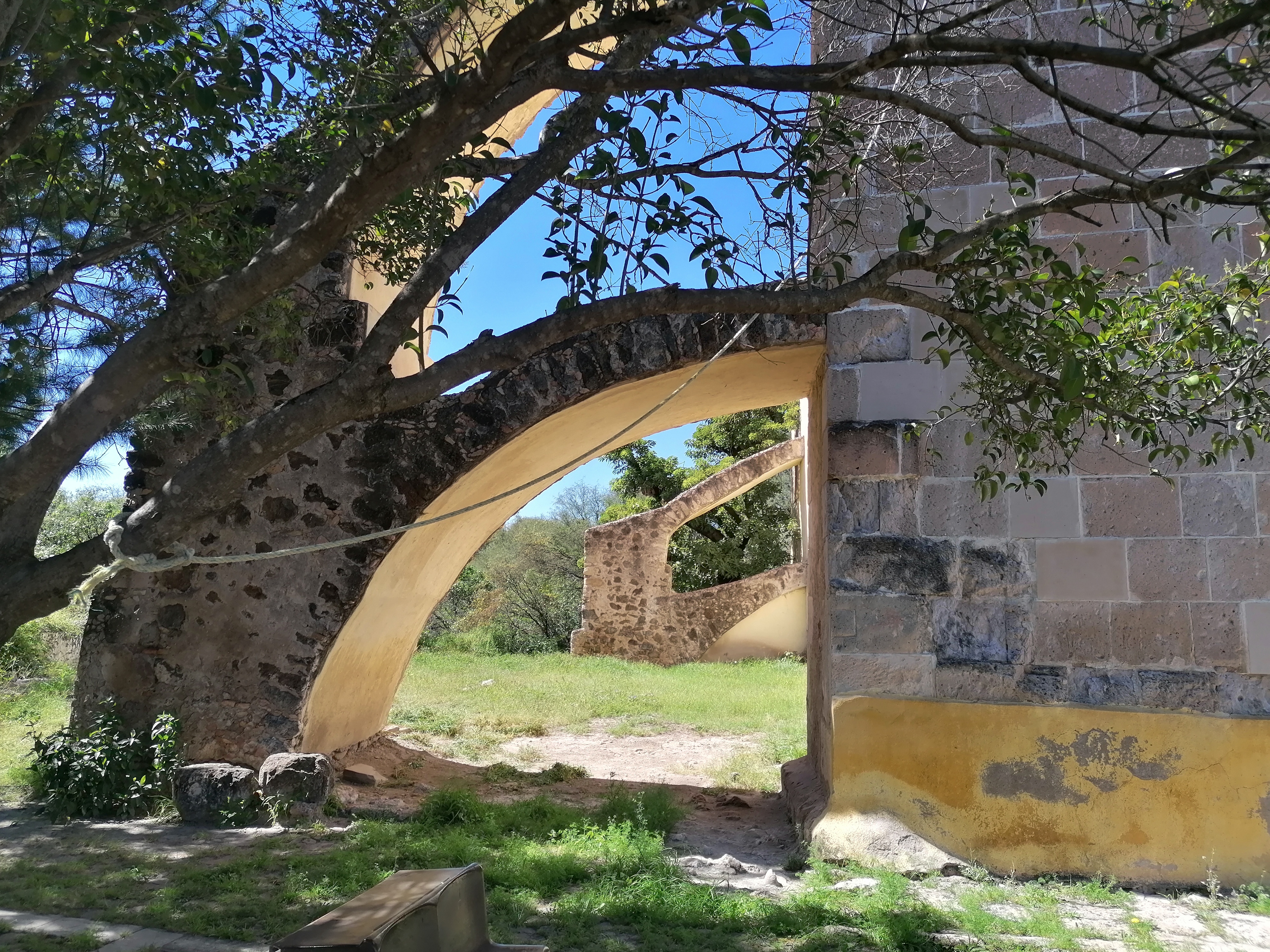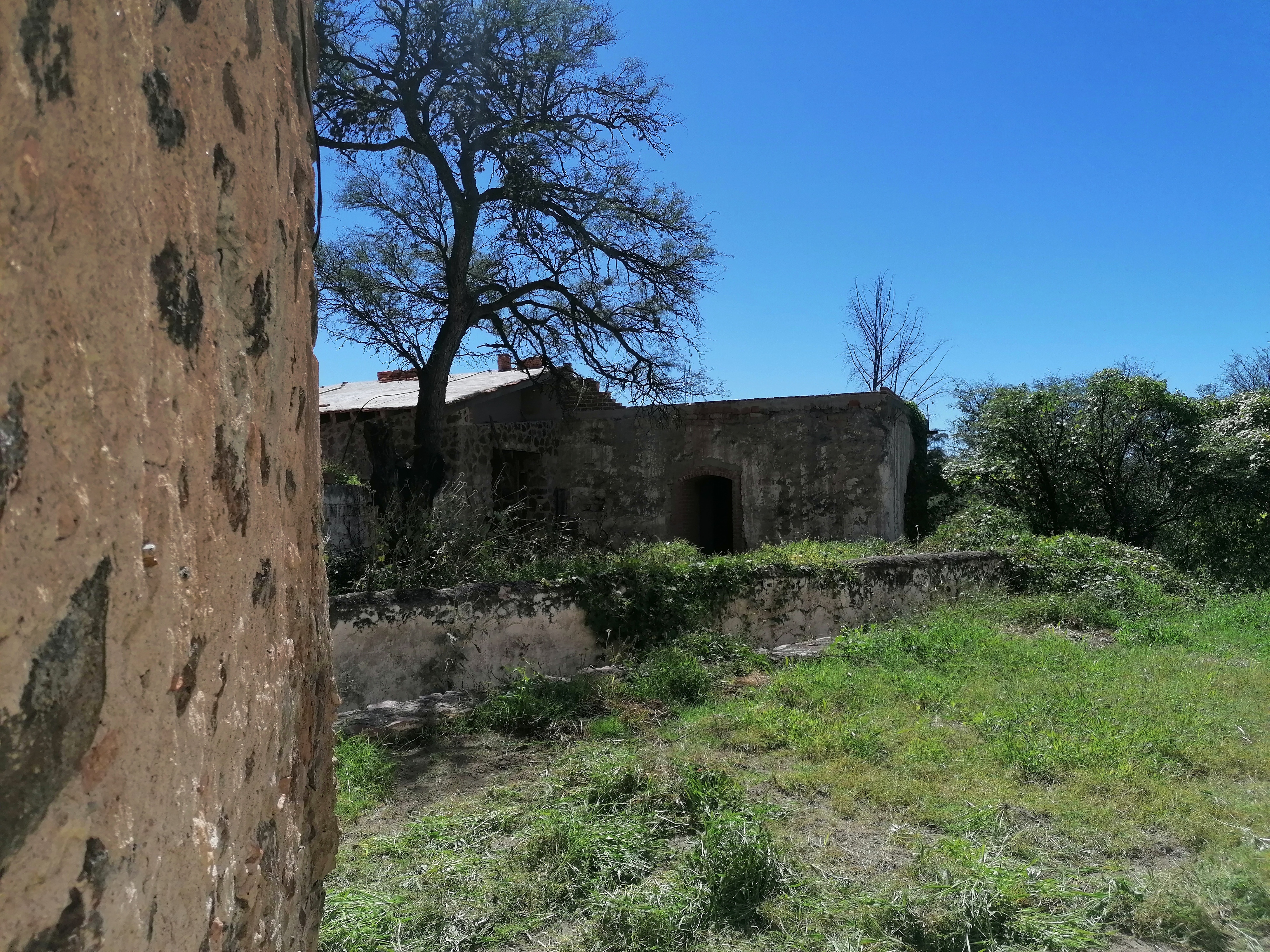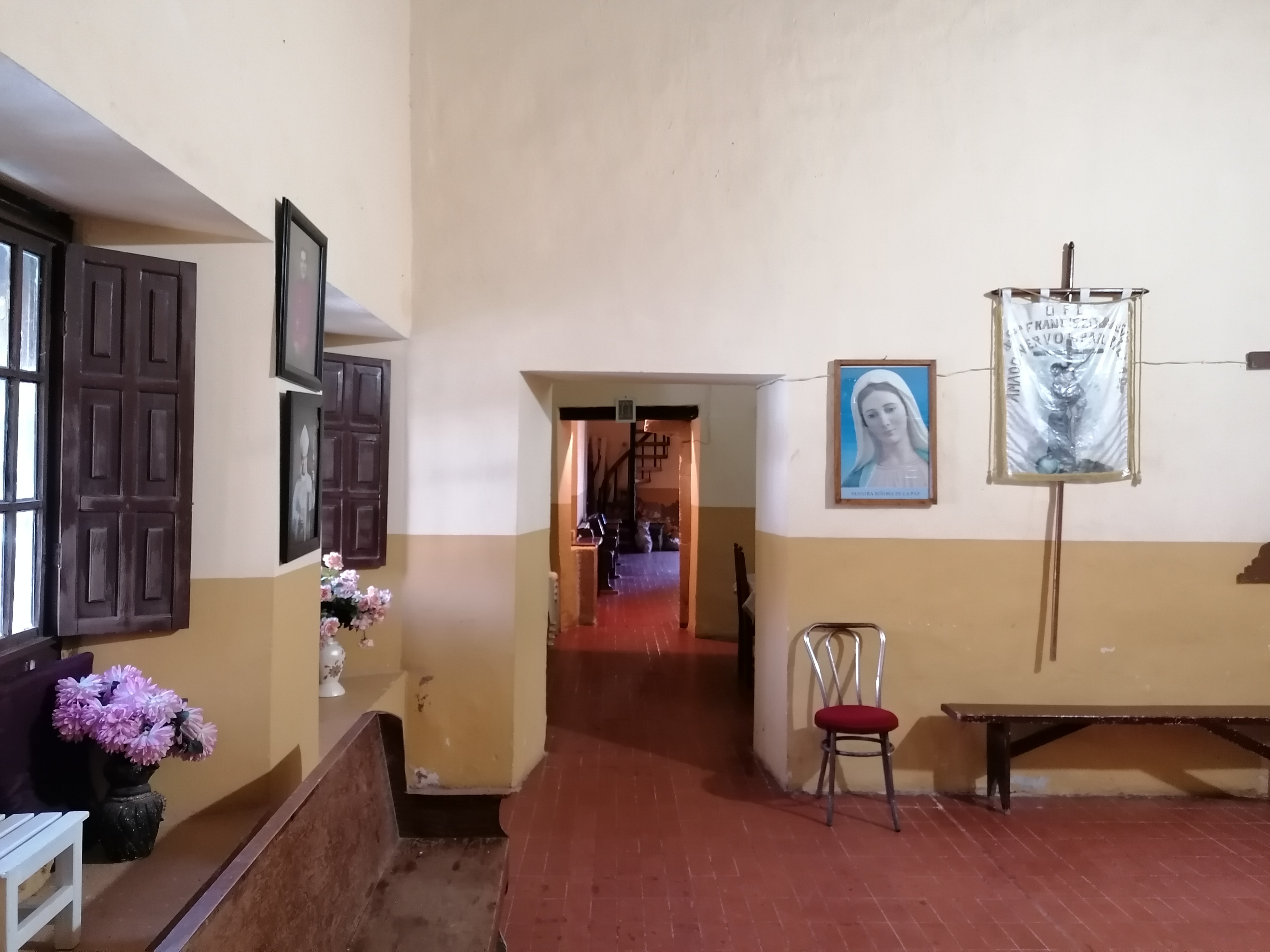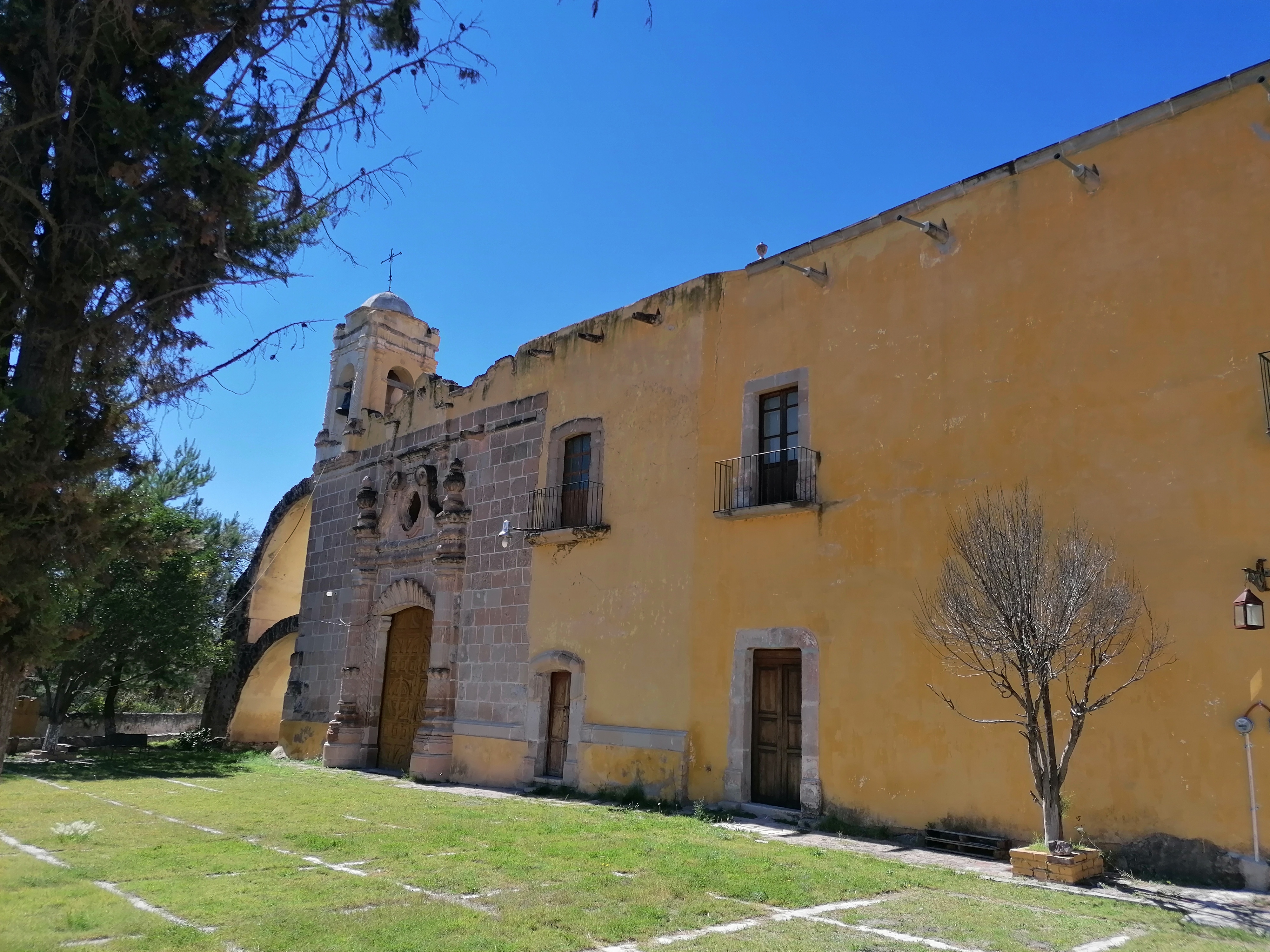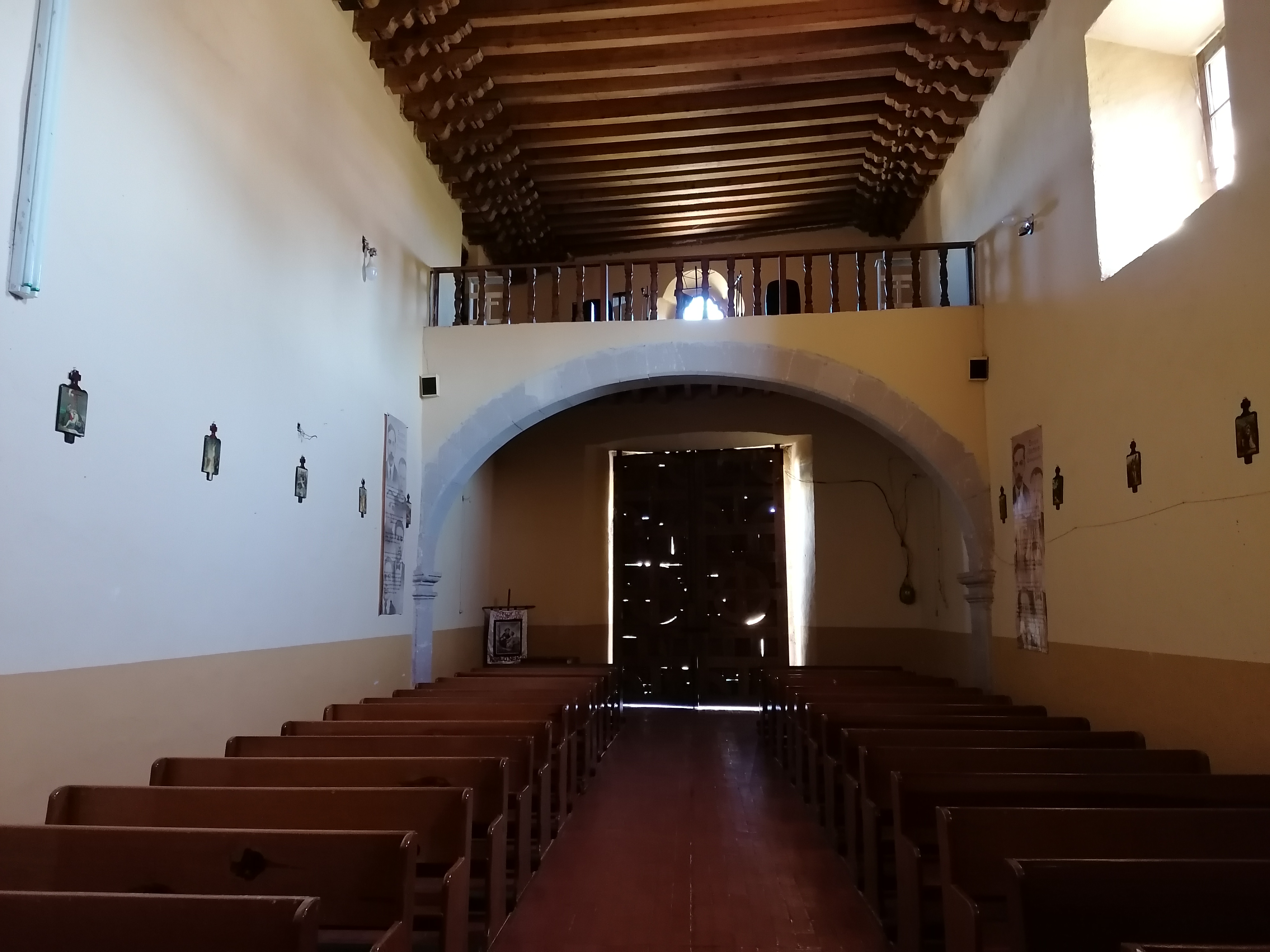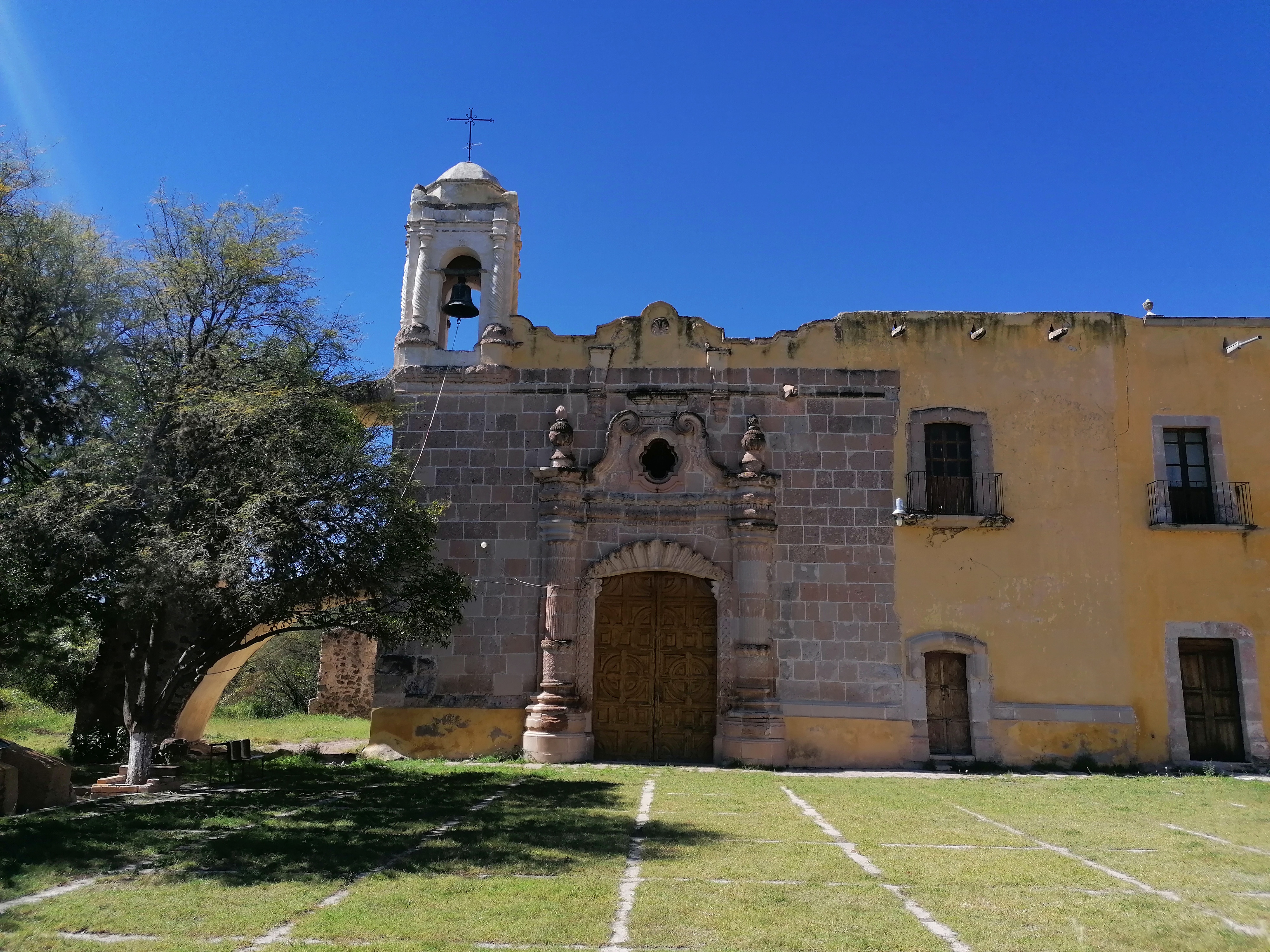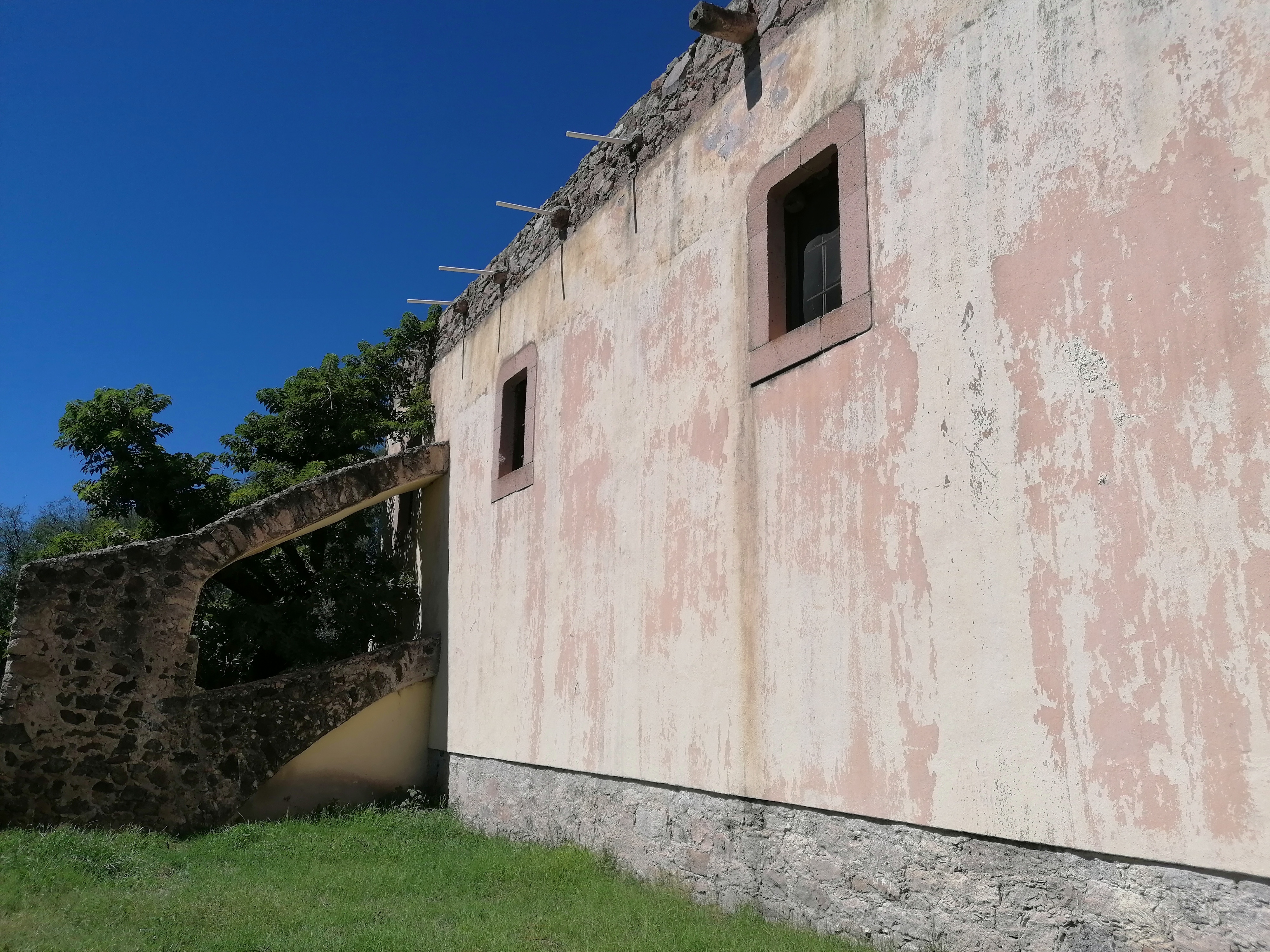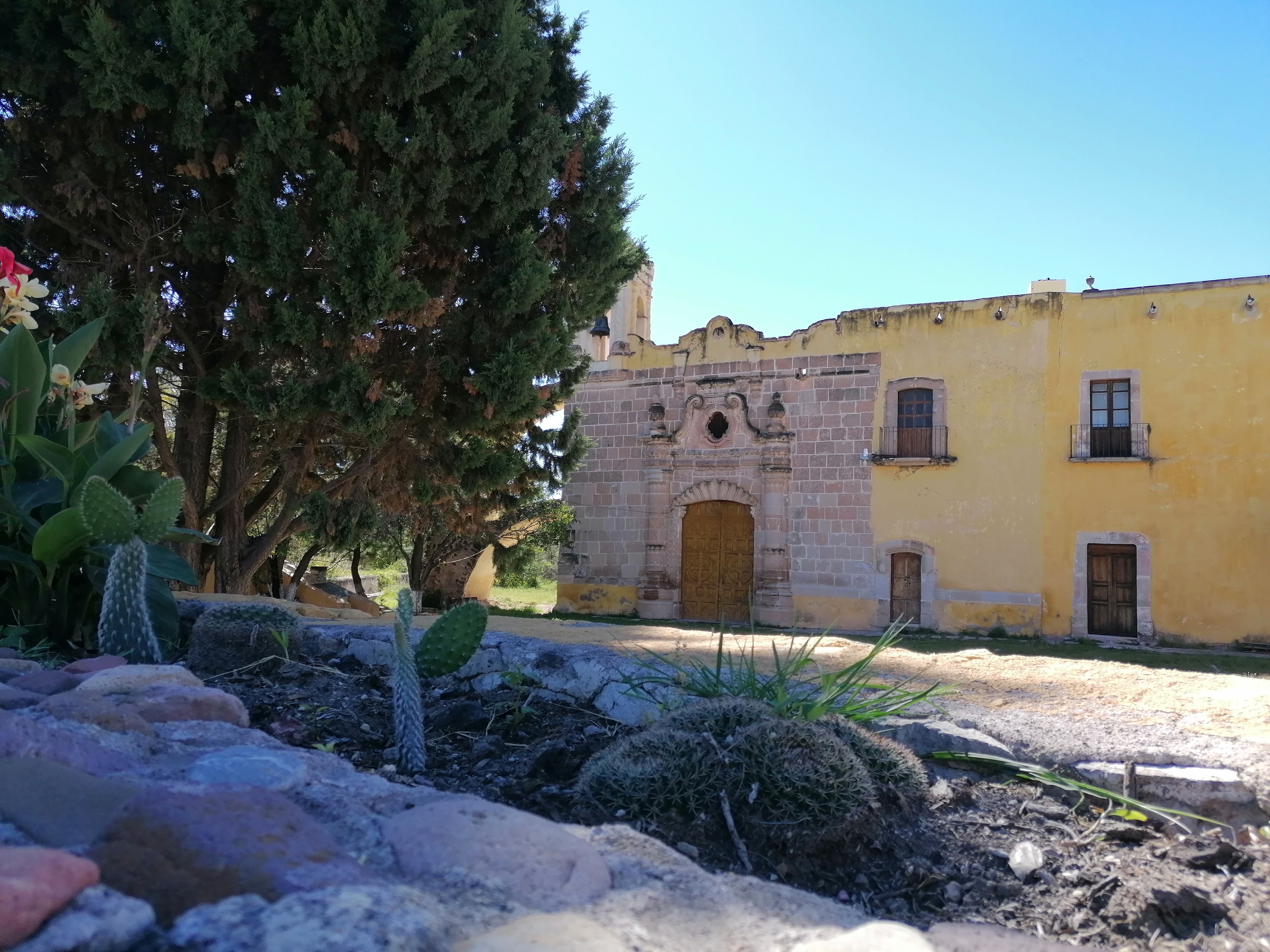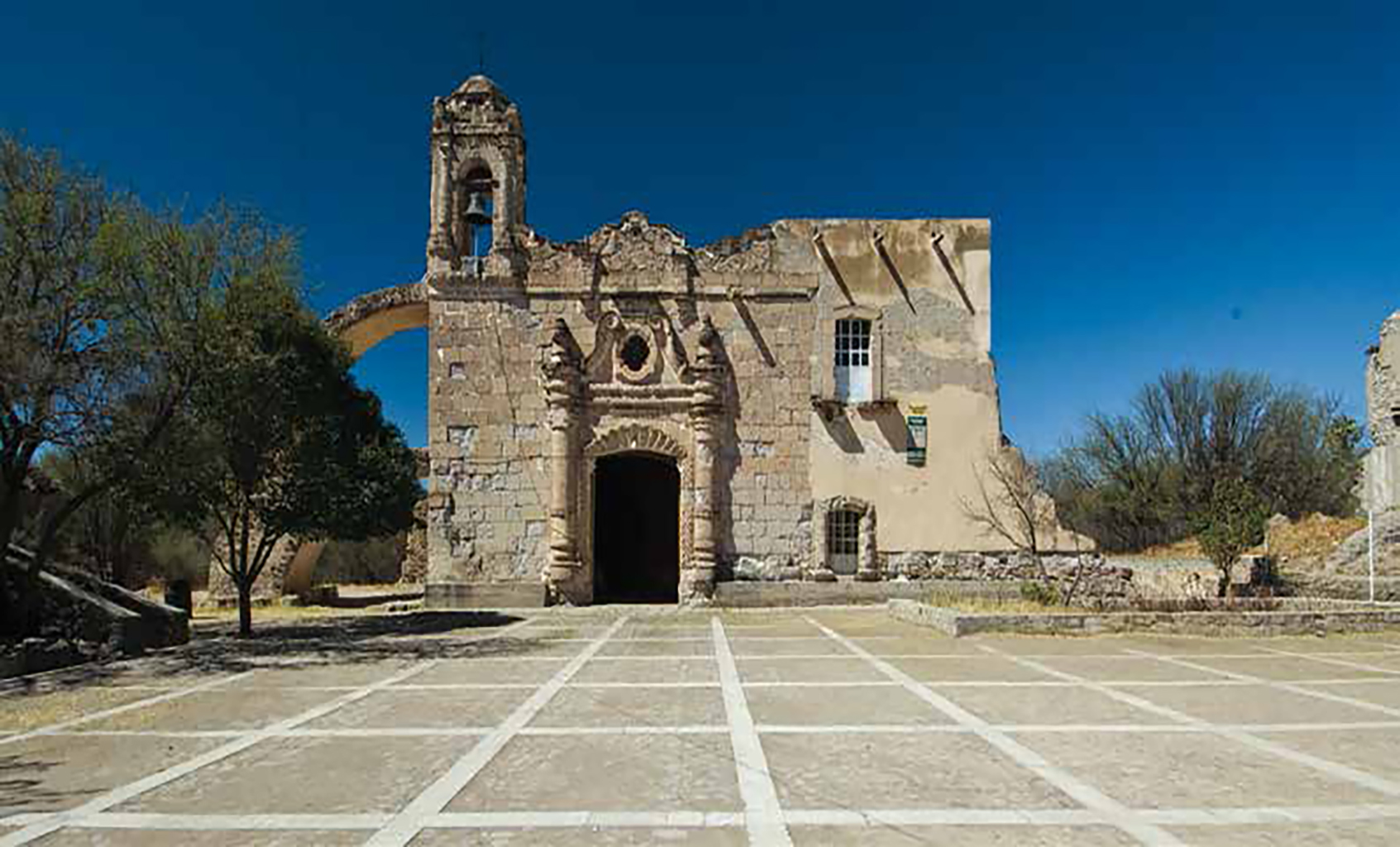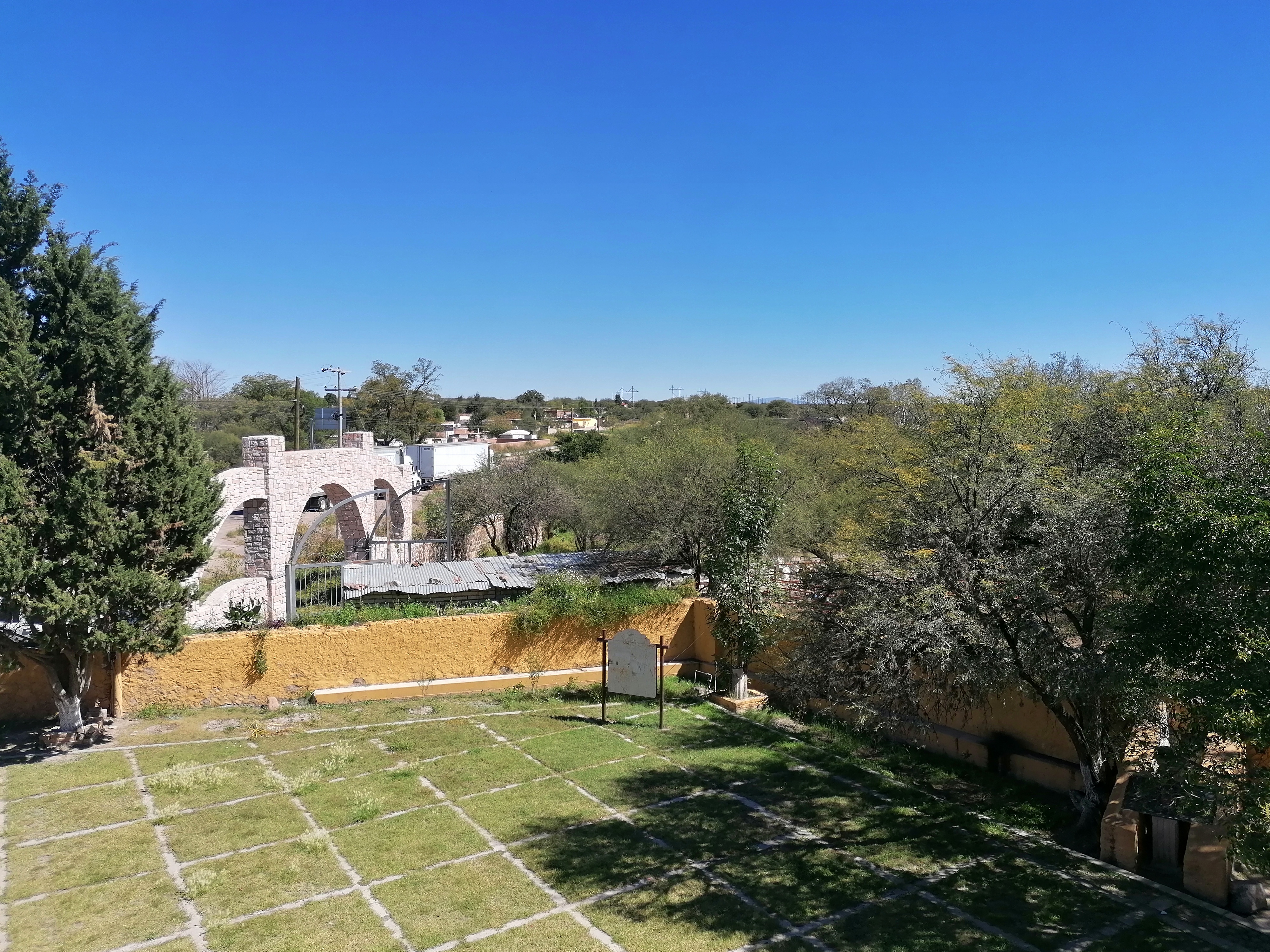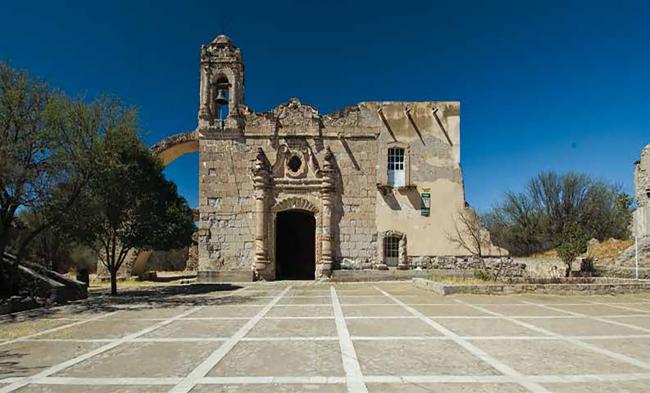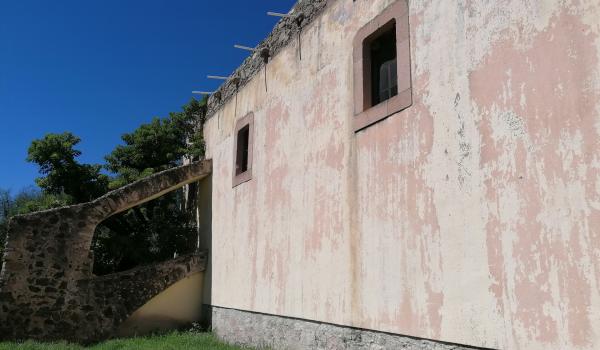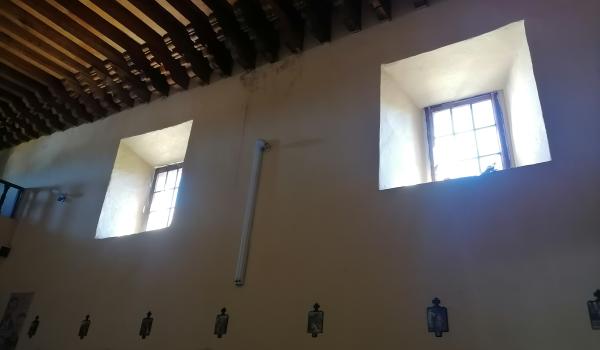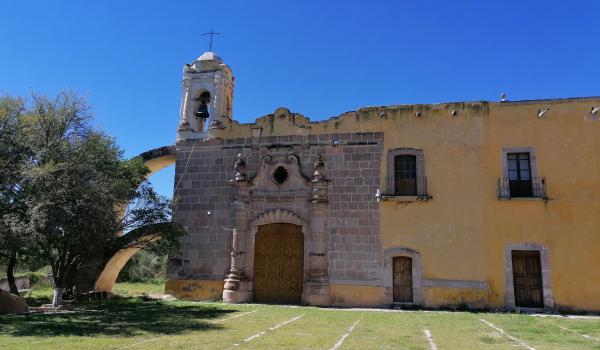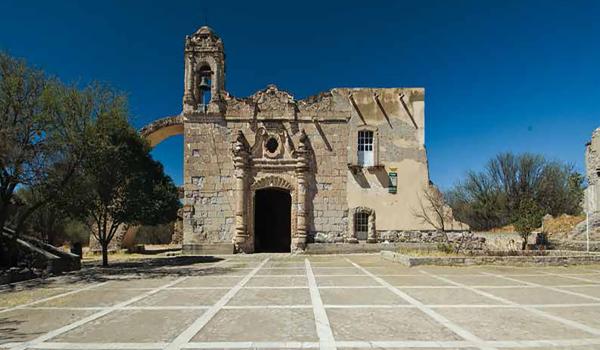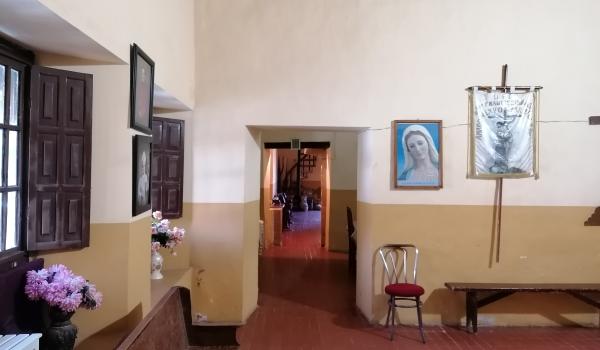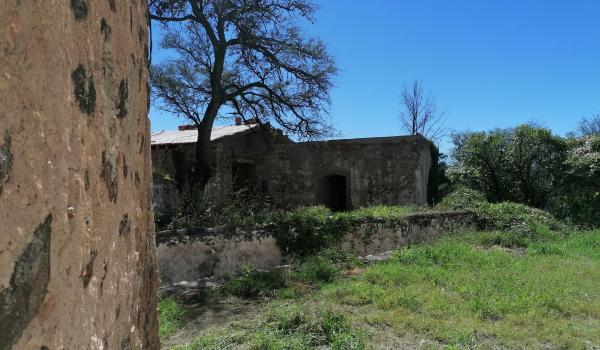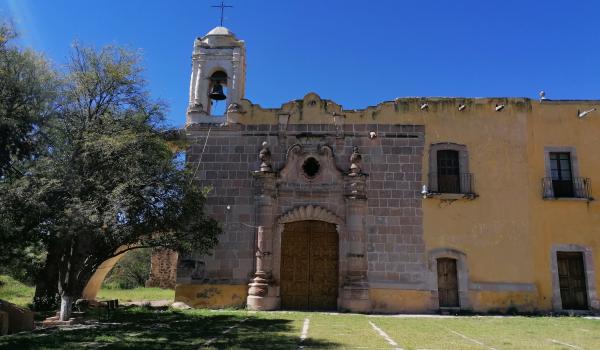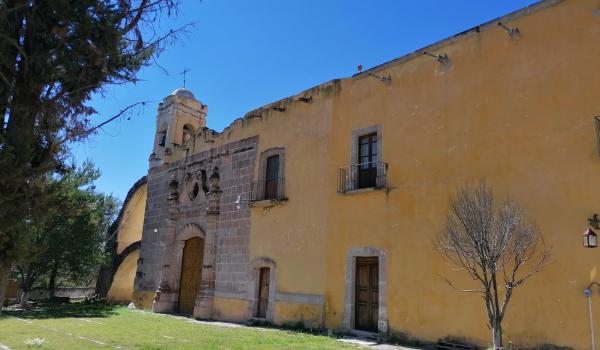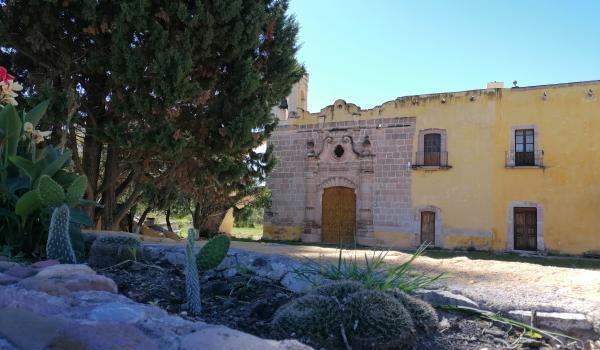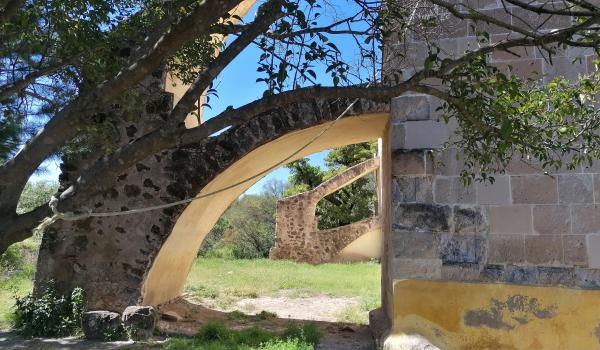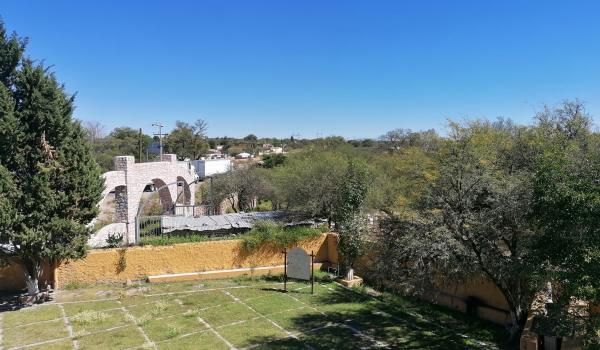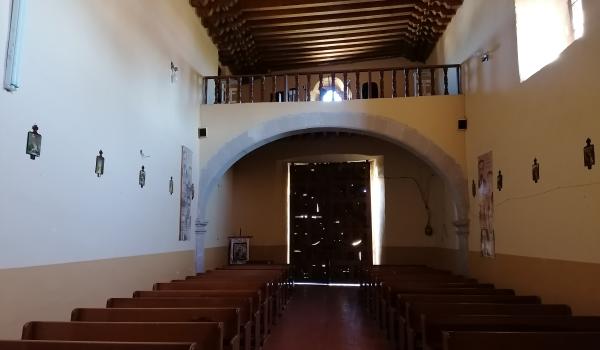Capilla de San Antonio de la antigua hacienda de Juana Guerra
Route element
Capilla de San Antonio de la antigua hacienda de Juana Guerra
The Chapel of San Antonio de Padua was built in the 18th century in the former hacienda of San Antonio de Juana Guerra, in the community of Amado Nervo, Nombre de Dios, Durango.
The origins of the hacienda date back to 1586 when the lands were granted as a concession to Juana Guerra and Domingo Rodríguez. They established an agricultural estate located in the Valley of Poanas, which was one of the first settlements populated by Spaniards near the town of Nombre de Dios.
This agricultural estate became one of the main grain-producing centers that supplied the royal mines in southern Nueva Vizcaya and northern Nueva Galicia. Additionally, it was an important resting point for travelers along the Camino Real de Tierra Adentro between the city of Durango and the mines of Sombrerete in Zacatecas, due to its proximity to the town of Nombre de Dios.
The complex consists of four structures: the Main House, chapel, mill, and the remains of a small dam. Regarding the Chapel of San Antonio de Padua, it is known to have been built in 1795 under the direction of the hacienda owner at the time, Baltasar Bravo de Castilla. It has a rectangular floor plan with a single nave, and the facade features elements that resemble those of the Franciscan convent of Guadalupe in Zacatecas. The towers exhibit architectural elements common in late 18th-century viceregal constructions. A notable feature of the facade is the buttress with double arches, built in the 19th century.
Adjacent to the atrium is a section of the aqueduct that was part of the old irrigation system, which was necessary to irrigate approximately 60 hectares of land.

